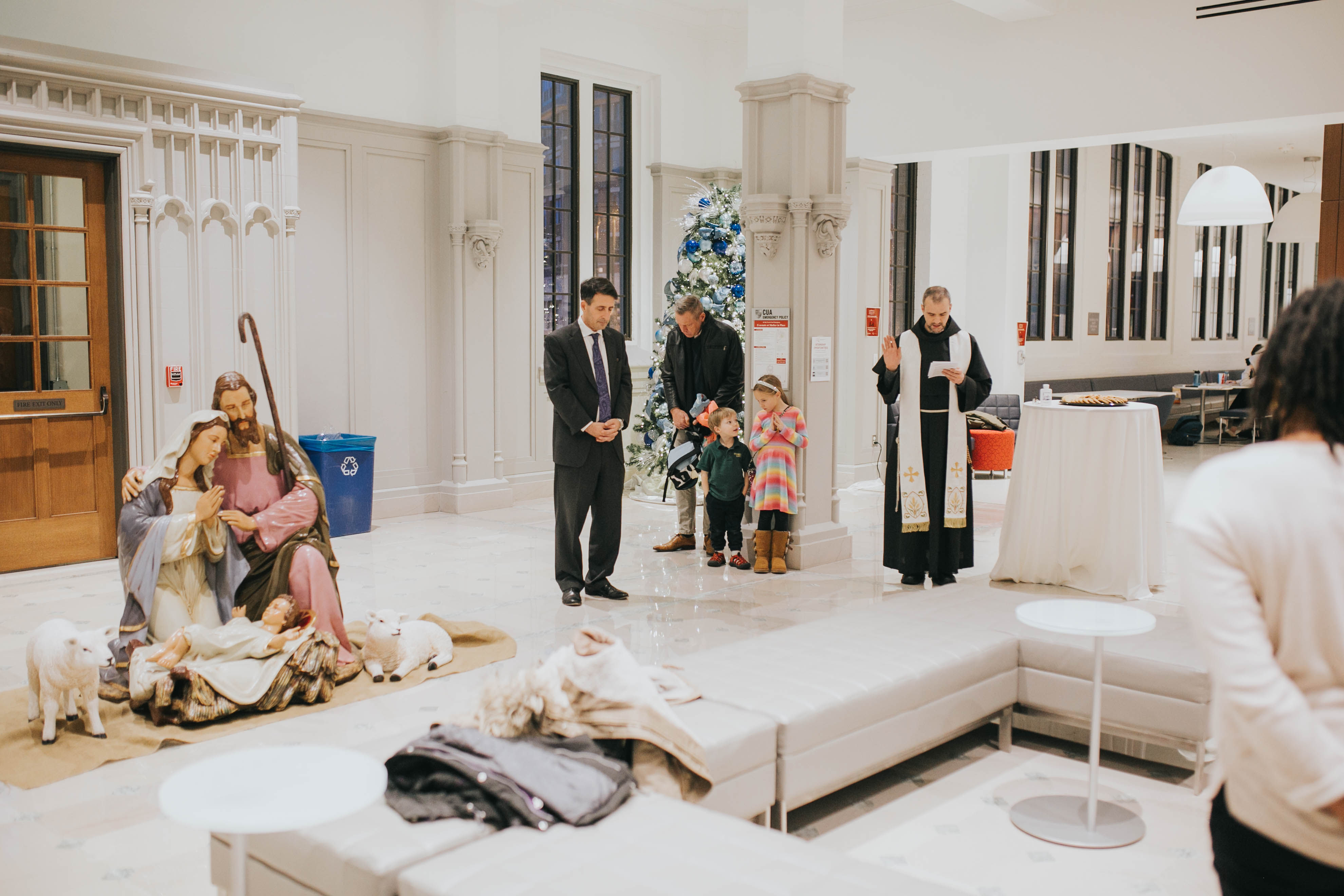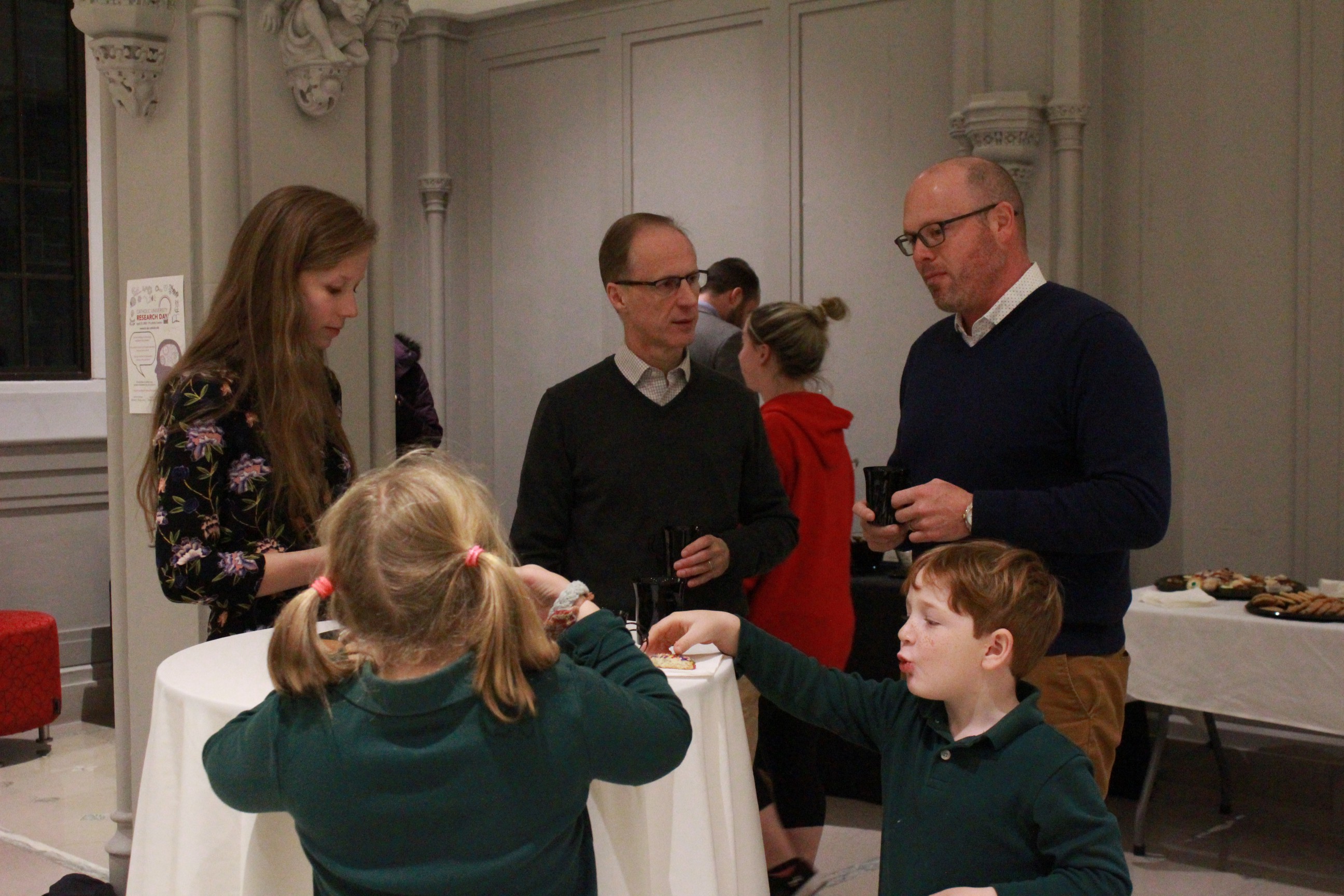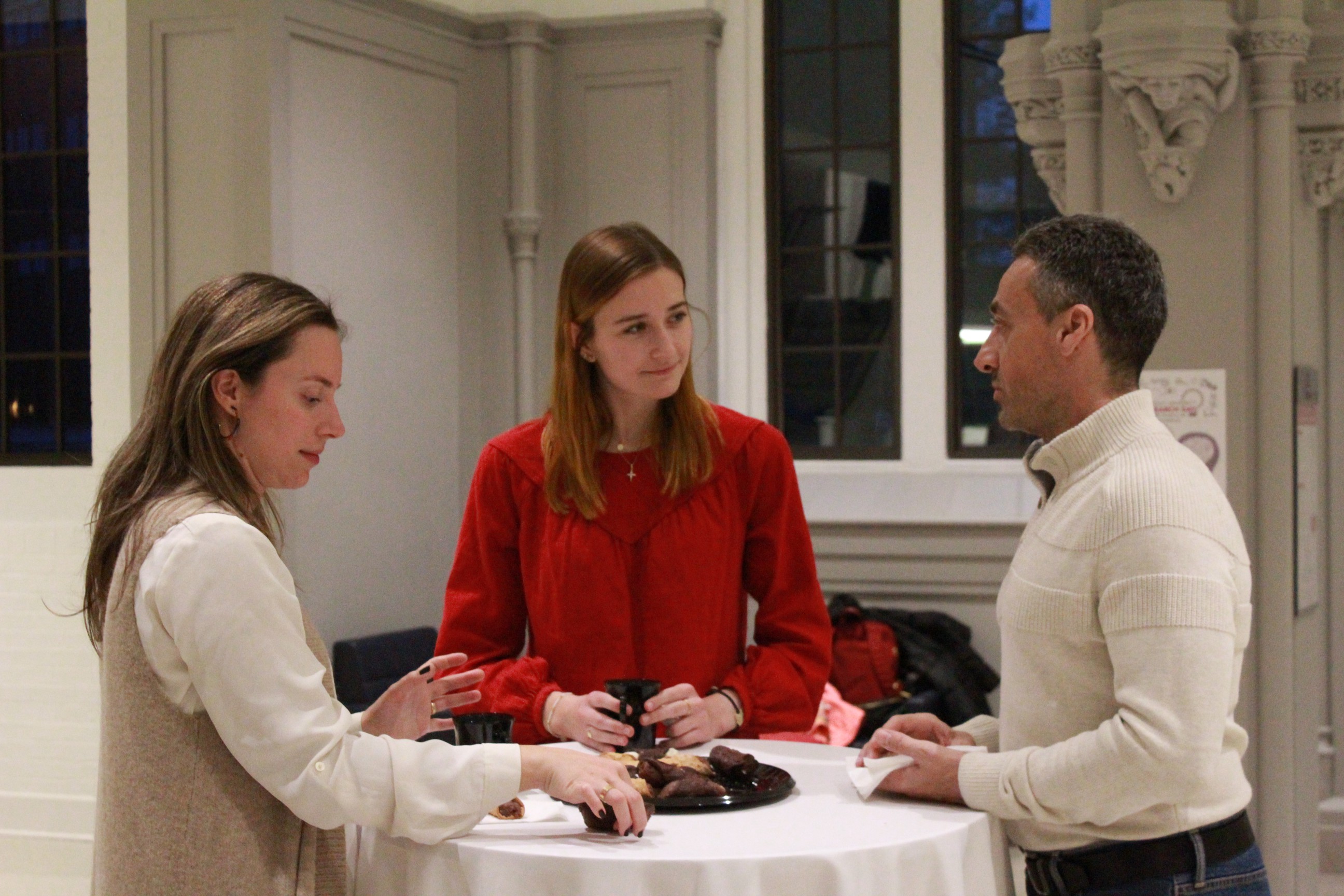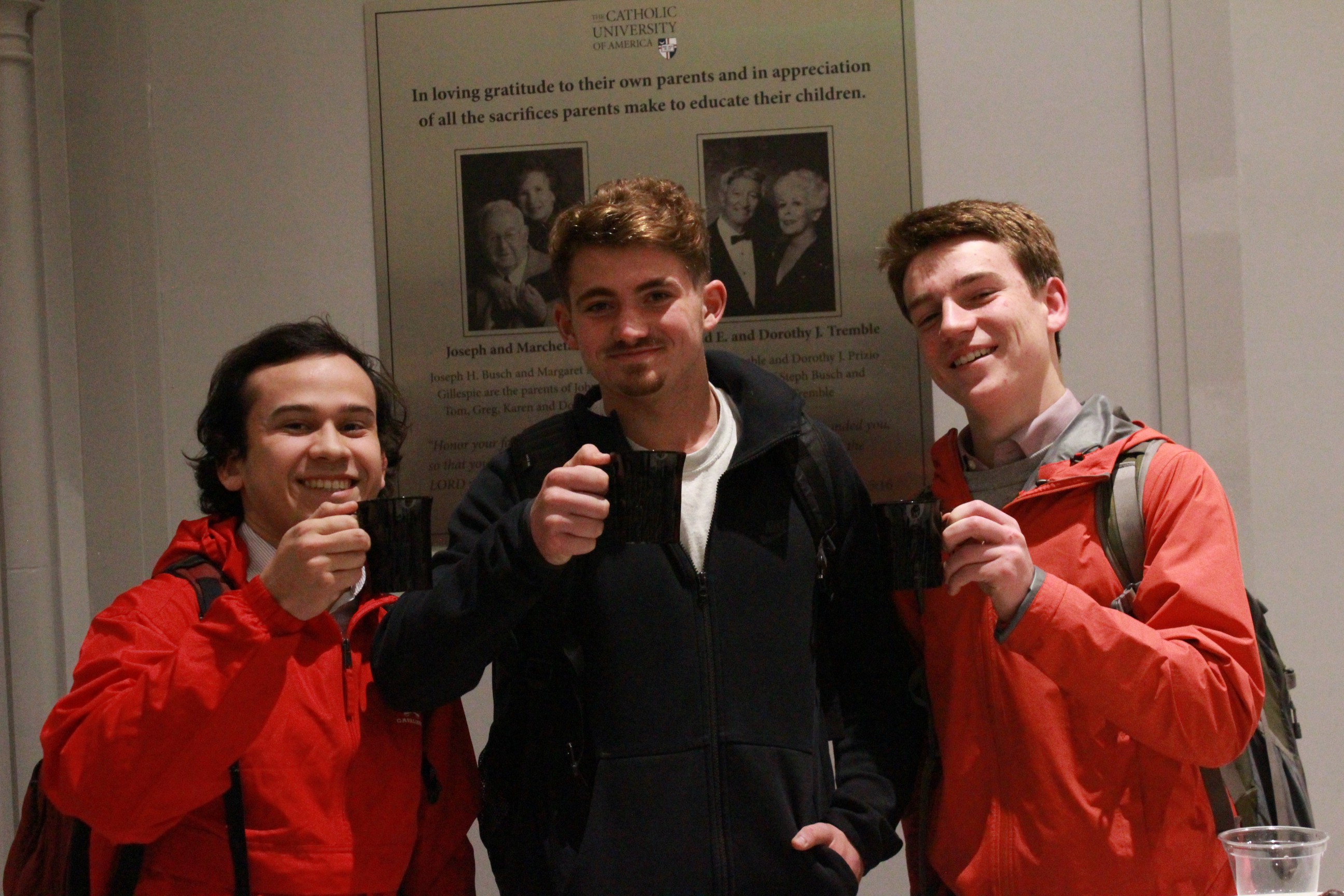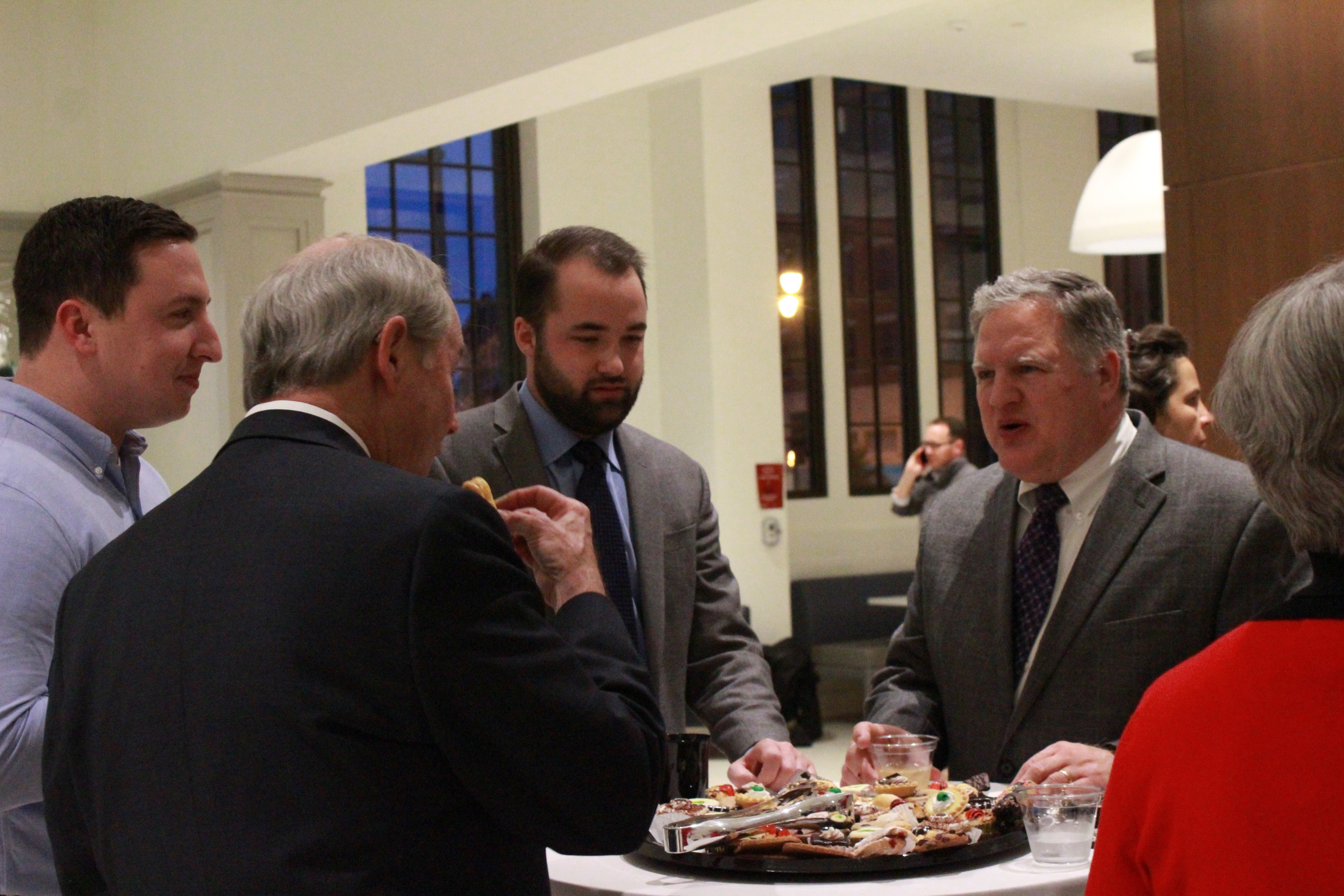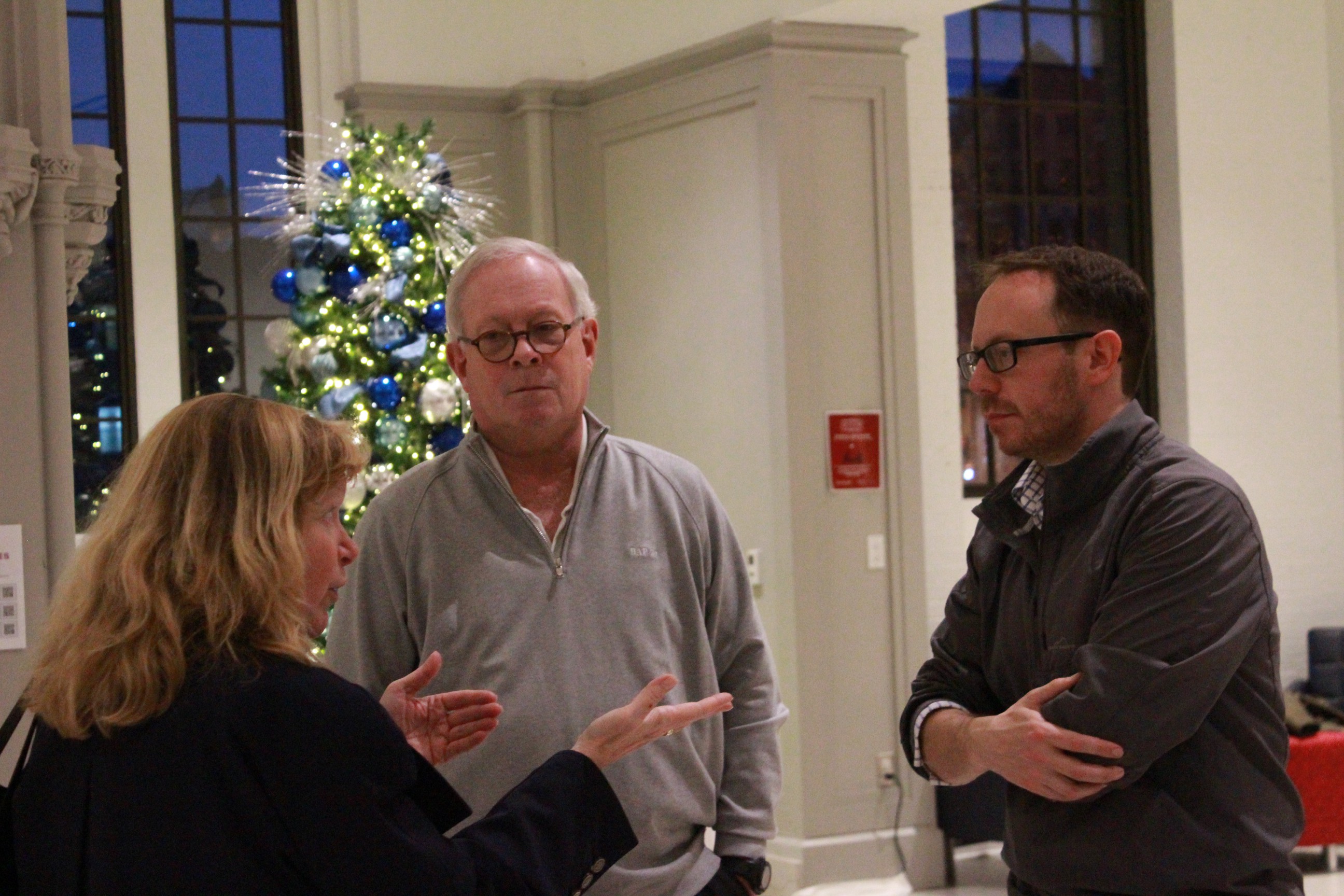Reflection by Fr. John McNerney, Michael Novak Visiting Scholar
I remember it well! At home our little manger of the nativity was always set up in our front sitting-room. In the candle-lit darkness I would gaze into it for hours-on-end and the whole Christmas story came really alive for me. Seeing Mary and Joseph, the babe, the shepherds, the cows, donkey and sheep made it feel I was there with them too. The lights of the Christmas tree were to me as if they were the night-time radiances of the little village of Bethlehem. Pope Francis this Christmastide gave a beautiful reflection on the meaning of the nativity scene. I would like toshare with you some of his thoughts.
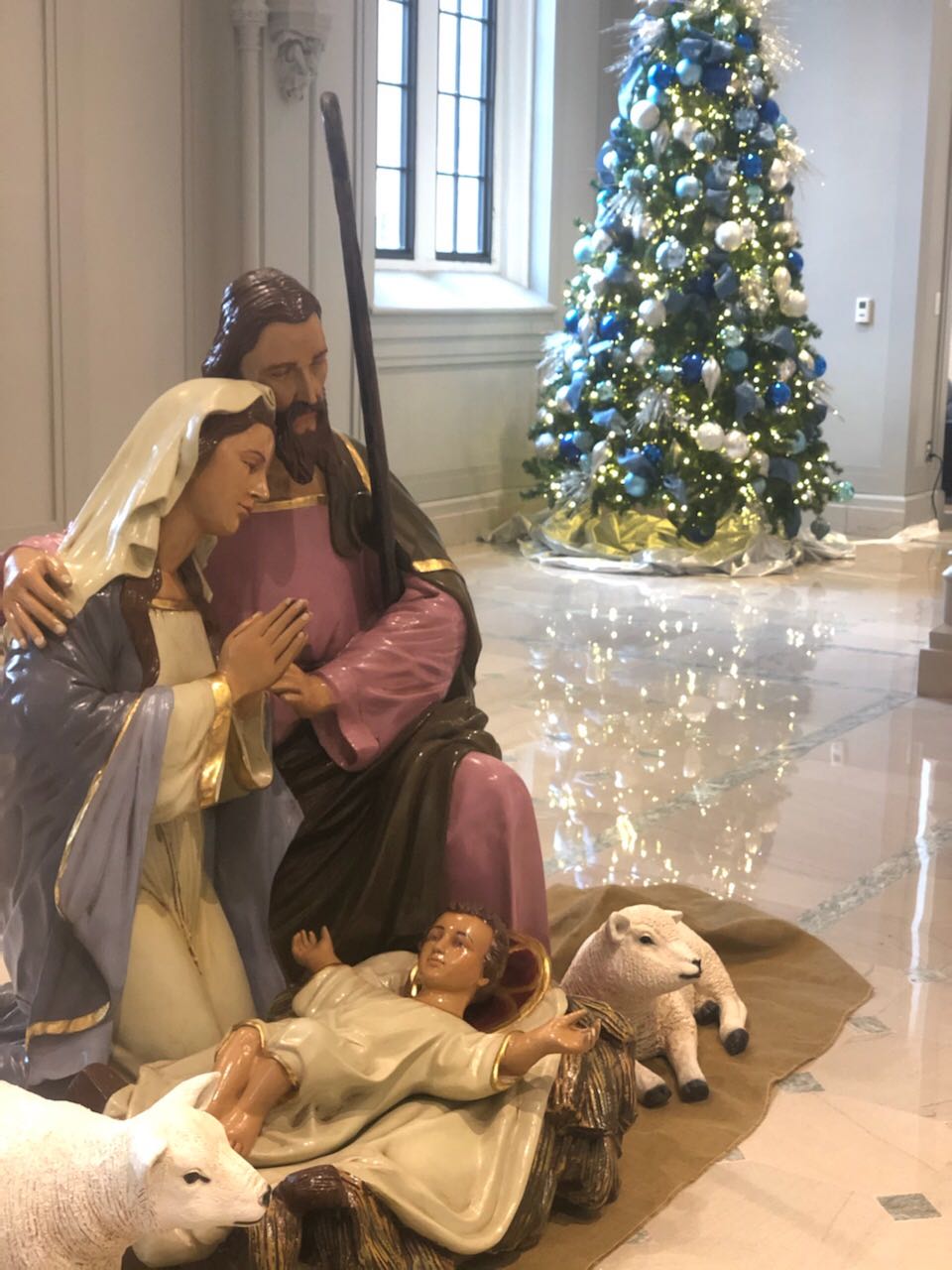
Pope Francis brings us back to its origins in the little Italian town of Greccio, near Rieti where St Francis stopped on his way back from Rome in 1223. It was there that Francis said to the local people ‘let’s make this a Christmas to remember.’ There were no statues so the nativity scene was brought to life and enacted by all those present in Greccio that night. Pope Francis goes on to reflect on the more traditional mangers we have today. He says there is often a ‘background of a starry sky wrapped in the darkness and silence of the night.’ This reminds us of all the times we have experienced the darkness of night. ‘Yet, even then, God does not abandon us, but is there to answer our crucial questions about the meaning of life. Who am I? Where do I come from?...Why do I suffer?’ The landscapes in mangers often include the ruins of ancient houses or buildings. These ‘ruins are the visible sign of a fallen humanity, of everything that inevitably falls into ruin, decays and disappoints.’ Then ‘Jesus is the newness in the midst of an aging world, that he has come to heal and rebuild. To restore the world and our lives to their original splendour.’ Pope Francis describes how we often add in different symbolic figures to the Christmas scene. He says, ‘first, there are the beggars and the others who know only the wealth of the heart.’ We often even add figures that seems to have no connection with the Christmas story. This tells us that ‘in the new world inaugurated by Jesus there is room for whatever is truly human...From the shepherd to the blacksmith, from the baker to musicians...all this speaks of everyday holiness, the joy of doing ordinary things in an extraordinary way.’ The Pope remarks on how ‘God’s ways are astonishing, for it seems impossible that he should forsake his glory to become’ one of us. But He does exactly that! As one like us ‘he sleeps, takes milk from his mother, cries and plays like every other child! As always, God baffles us...The nativity scene shows God as he came into our world, but it also makes us reflect on how our life is part of God’s own life.’
Then ‘the Magi teach us that people can come to Christ by a very long route.’ The Wise Men ‘understand that the God with sovereign wisdom [who] guides the course of the stars also guides the course of history.’ On returning home by ‘another’ way ‘they initiate the spread of the Gospel among the nations.’ Francis concludes by saying that what matters is that the nativity scene speaks to our lives. ‘Wherever it is, and whatever form it takes’ the Christmas manger speaks to us of the love of God. The message this day is that ‘God... became a child in order to make us know how close he is to every man, woman and child, regardless of their condition...Like St Francis, may we open our hearts to this simple grace.’ It invokes within each one of us ‘a prayer of thanksgiving to God, who wished to share with us his all, and thus never to leave us alone.’ Amen
